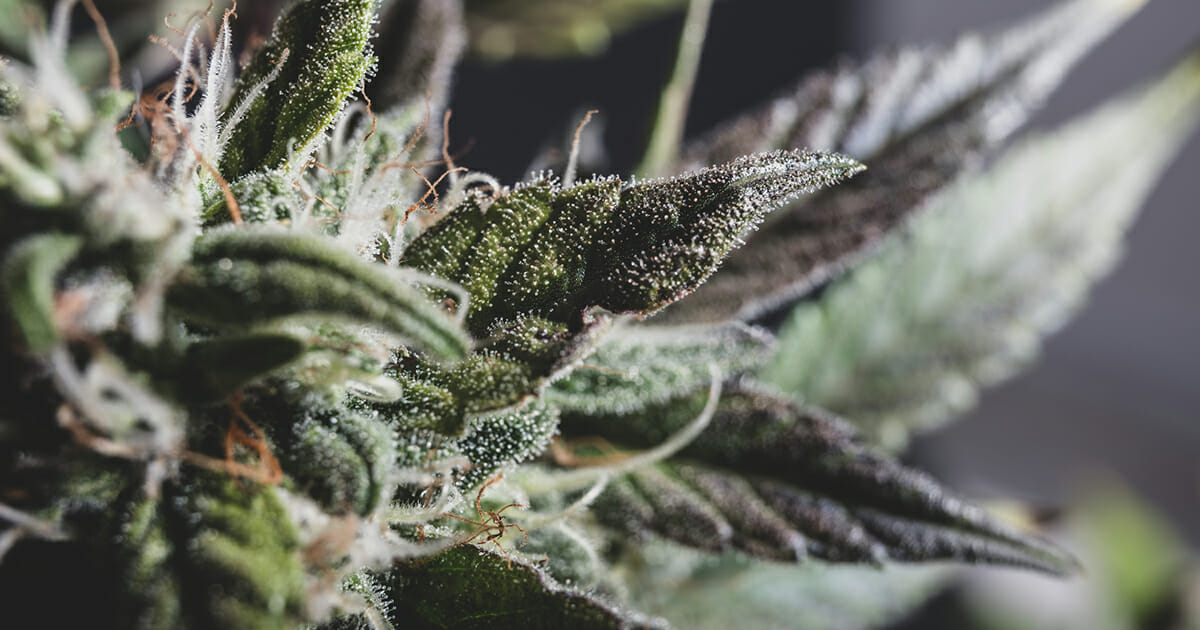Introduction: Cannabis, a versatile and ancient plant, has captivated human interest for centuries due to its diverse properties and applications. From its historical use for medicinal and industrial purposes to its recreational and medical consumption today, cannabis comes in various forms and strains. This article aims to provide a comprehensive overview of the different cannabis varieties, their characteristics, and how they have evolved over time.
Understanding Cannabis Varieties: Cannabis plants are typically classified into three primary varieties: Cannabis sativa, Cannabis indica, and Cannabis ruderalis. Each variety has distinct characteristics in terms of appearance, growth patterns, and chemical composition.
1. Cannabis Sativa: Cannabis sativa plants are known for their tall, slender stature with narrow leaves. They thrive in warm climates and can reach impressive heights. Sativa strains are often associated with an energizing and uplifting effect, making them popular for daytime use. Their cannabinoid profile tends to feature higher levels of tetrahydrocannabinol (THC) compared to cannabidiol (CBD).
2. Cannabis Indica: Cannabis indica plants are typically shorter and bushier with broader leaves. They are well-suited for cooler climates and have a faster flowering time. Indica strains are often linked to a relaxing and sedative effect, making them favored for nighttime use or relaxation. Indica strains generally have higher levels of CBD in relation to THC.
3. Cannabis Ruderalis: Cannabis ruderalis is the least common and smallest of the three varieties. It originates from regions with short growing seasons and is known for its ability to automatically start flowering regardless of light exposure. Ruderalis strains are often used in hybridization to create autoflowering strains, which are popular for their ease of cultivation.
Hybrid Varieties: In addition to the primary varieties, countless hybrid strains have been developed by crossing different Cannabis sativa, indica, and ruderalis plants. Hybrid strains offer a wide range of effects, flavors, and aromas by combining the traits of their parent plants. Some hybrids lean more towards sativa or indica characteristics, while others offer a balanced blend.
Strain Diversity: Within each variety and hybrid, there exists an extensive array of strains, each with its own unique combination of cannabinoids (such as THC and CBD), terpenes (aromatic compounds), and other chemical components. These factors contribute to the strain’s specific effects, aroma, and flavor profile.
Medical and Recreational Applications: Different cannabis strains are cultivated to cater to both medical and recreational preferences. Medical cannabis strains are often chosen based on their potential therapeutic benefits for specific conditions, such as pain management, anxiety reduction, or appetite stimulation. Recreational users may select strains based on desired effects, whether they seek relaxation, creativity, or heightened sensory experiences.
Conclusion: The world of cannabis is rich and diverse, encompassing a wide range of varieties and strains, each with its unique characteristics and effects. Understanding the distinctions between Cannabis sativa, indica, ruderalis, and their hybrids empowers individuals to make informed decisions about their cannabis consumption, whether for medical or recreational purposes. As cannabis research and breeding continue to advance, the spectrum of available varieties is likely to expand, offering even more choices for enthusiasts and consumers alike.






